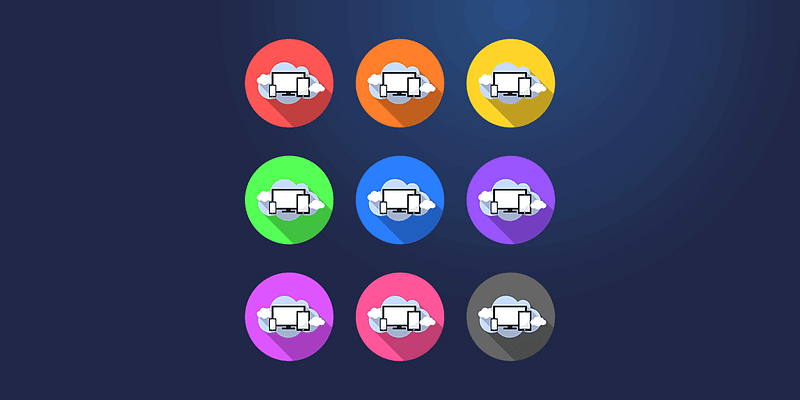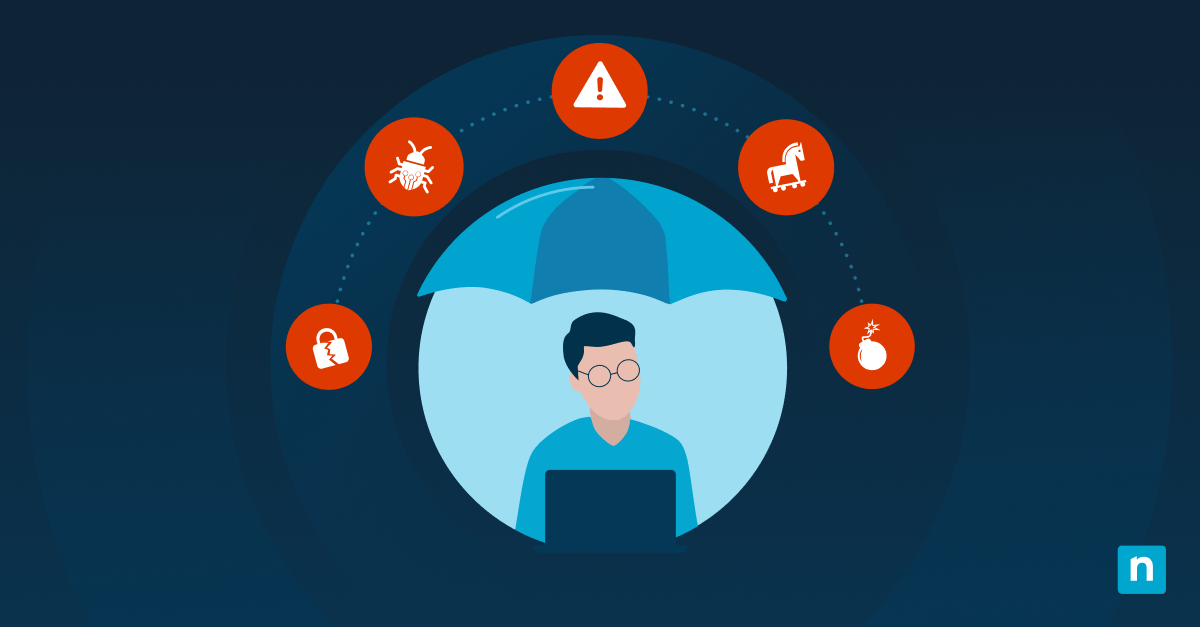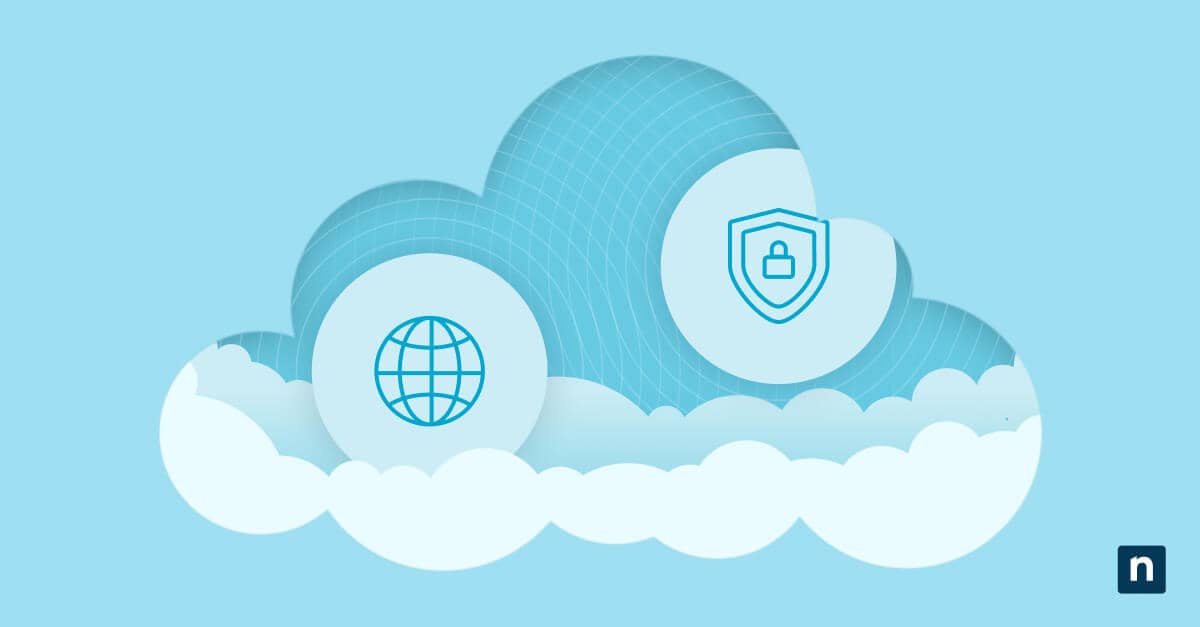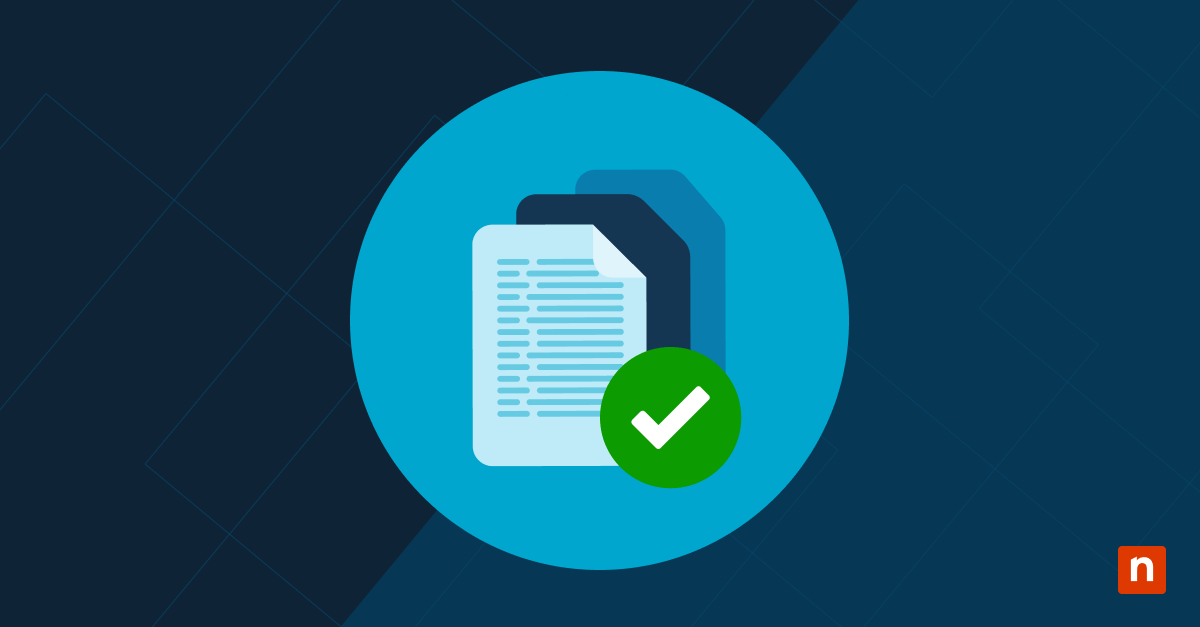Key Points
Benefits of cloud services
- Cost Efficiency: Cloud computing reduces IT expenses by eliminating the need for physical infrastructure, lowering maintenance costs, and decreasing energy consumption.
- Scalability: Businesses can easily adjust their computing resources to match demand, allowing for flexible growth without significant hardware investments.
- Business Continuity: Storing data off-site in secure data centers ensures operations can continue.
- Flexibility and Remote Access: Cloud services enable employees to access data and applications from any location with an internet connection, supporting remote work and collaboration.
- Enhanced Collaboration: Real-time access to shared documents and applications facilitates teamwork and productivity across distributed teams.
- Automated Updates: Cloud providers handle software updates and security patches automatically, ensuring systems are up-to-date without manual intervention.
Leveraging the benefits of cloud services can give organizations an advantage over their competitors. “The cloud” refers to a specific type of remote computing that has grown exponentially in popularity. In a cloud environment, servers are accessed over the Internet, allowing users to run the software and access data that’s not locally hosted. The benefits of cloud services in business
What this article will cover:
- What is the cloud?
- The advantages of cloud storage and cloud services
- What are the cons of cloud services and cloud software?
- What are the cloud service models?
- Is the Cloud secure?
Experience the full benefits of cloud-based IT operations from a unified console.
What is the Cloud?
“The cloud” started as a term used mainly by tech industry insiders but quickly fell into everyday use over the past several years. As more computing processes moved into off-site data centers and more organizations turned to cloud storage, the masses began to talk about migration to “the cloud.” Today, the cloud is the accepted term for this type of computing and is used widely in discussions of IT infrastructure, data storage, and certain types of software.
Cloud servers act like “remote repositories” located in data centers worldwide. These servers host cloud services that provide infrastructure, platforms, or software hosted by third-party providers. Authorized users only need an internet connection to access these resources. This takes the burden of hardware purchasing, maintenance, and other needs off of the end-user such that they need only worry about paying for their subscriptions or licenses.
When supplying users with a cloud infrastructure, service providers will “sell” individual factors of computing power piecemeal according to the end-user client’s needs. For example:
- The processing power from central processing units (CPUs)
- Memory provided by (RAM) chips
- Graphics processing from graphics processing units (GPUs)
- Cloud storage through hard drives or data centers
This is the foundation of infrastructure as a service (IaaS) and usually involves virtualization and virtual machines. With such a system, end-users can virtually build out their infrastructure at lower costs than obtaining and managing the hardware.
Watch a video version of this blog post: The Real Benefits of Cloud Services
Cloud Platforms
Hardware resources are only one aspect of what the cloud brings to IT. Many cloud platforms have also been created which provide online environments where users can develop code or run software applications. Purpose-driven development incorporating containerization, application programming interfaces (APIs), routing, security, orchestration, and automation is typically employed to ensure the most functional end product and an efficient online experience for users.
What are the Benefits of Cloud Services?
Reduced IT Costs
One of the benefits of cloud computing services is that can drastically reduce costs for end-users. Cloud migration reduces the cost of managing and maintaining complex IT systems. Cloud services eliminates costs associated with system upgrades, network hardware, and any software needed by the organization. In addition, there are usually reduced labor expenses, as smaller IT teams are needed within the organization, and even energy consumption costs can be reduced.
Scalability
The cloud is nothing if not scalable. Operational and storage needs can be quickly and easily adjusted to suit an organization’s changing needs, often with just a few mouse clicks. This is a complete departure from traditional IT, which requires reallocating computing resources or purchasing new hardware to keep up with expanding needs.
Business continuity
Cloud computing offers several built-in redundancies and backups. The simple fact that essential data is stored off-site, often in a secure data center hundreds of miles away, helps ensure that localized disasters will not result in widespread data loss or outages. In addition, because cloud services can be accessed from any location with an internet connection, operations can continue via remote even if an office is destroyed or rendered inaccessible by a natural disaster.
Flexibility
Remote work is becoming increasingly commonplace for most organizations. Another benefit of cloud services in business is that it provides workforces with flexibility. Cloud services allow end-users to work where, when, and how they want to, regardless of the leir locations, greatly improving productivity.
Collaboration
Easy remote access means that end-users have a reliable and secure way to communicate and share outside of traditional methods. Many stakeholders can share real-time access to essential files, view and report on projects together, or even work on documents simultaneously. Many organizations benefit from this capability, especially the ability to remotely access and share records and documents to and from anywhere in the world.
Automated Updates
Updates and security patches are essential to maintaining a reliable and safe IT environment. Cloud services are generally always connected to the internet and are constantly being patched by their providers. Because hardware is maintained in centralized locations, it’s also easier for cloud providers to ensure that critical infrastructure devices are always up to date and secure.
What are the Disadvantages of Cloud Computing?
Internet Connectivity and Ownership
There are concerns about agency and propriety that arise in cloud discussions. In contrast to on-premise software, cloud software and files stored in the cloud aren’t actually “in possession” of the end-users. Instead, they are accessible but stored remotely. With many cloud software solutions, the end-user doesn’t have any rights to the software itself. Unlike the old days when the one-time purchase of software install discs meant you owned that version of the application forever, end-users will usually lose access (ownership) of a cloud application as soon as they stop paying for it.
The additional concern is that some cloud-based software can’t be used when there is no internet connection, even when the internet isn’t an integral part of using the software (such as with a graphic design application or word processor).
Vendor lock-in
Often cited as the biggest concern for cloud computing, vendor lock-in makes it very difficult for end-users to change providers once they’ve migrated their systems to the cloud. This ties back into the idea of ownership and agency, and much of the remaining pushback against the cloud revolves around this concern about being locked into a specific provider or solution.
Limited Control
Because the cloud infrastructure is wholly built, maintained, and managed by third parties in distant locations, end-users have less control over the function and execution of services.
Security
Not all cloud solutions are as secure as others. This is especially important to consider when dealing with off-site storage of important or private data. While most cloud providers strive to provide the most secure services possible, it’s essential to practice some due diligence before trusting third parties with critical aspects of your IT or data.
What Are the Cloud Service Models?
1. Software-as-a-Service (SaaS)
SaaS applications are hosted on cloud servers, and users access via the Internet rather than being installed directly on the users’ devices. SaaS is often compared to “renting” software, as the user typically pays for licenses that allow them to access the software in a subscription-based fashion. Most end-users commonly encounter the type of cloud computing that involves these complete web-based applications. In this case, wholly functional and ready-to-use software is provided by the cloud service to meet the specific needs of the end-user. SaaS is now SaaS for most email marketing systems, sales team management platforms, and accounting products. To protect the valuable data from SaaS applications, organizations rely on SaaS Backup.
2. Platform-as-a-Service (PaaS)
The PaaS model offers everything necessary for end-users to build their applications, including development tools, infrastructure, and operating systems. Like SaaS, this model is accessed via the internet, but rather than gaining the use of applications, and a PaaS user gains access to the tools needed to build an application.
3. Infrastructure-as-a-Service (IaaS)
IaaS providers like DigitalOcean and OpenStack rent the servers and storage users need to build their applications or run their infrastructure. IaaS is like leasing a plot of land. They gain the location for building and operating their business, but they still need to provide the tools and resources to construct what they need.
4. Function-as-a-Service (FaaS)
FaaS breaks cloud applications down into even smaller components that only run when needed. This is often called “serverless computing,” even though servers are still involved. The difference is that only resources needed at any given time are paid for, which is akin to renting tools from the DIY store as you need them, rather than renting or buying everything at once.
5. Cloud Storage
In the cloud storage model, data is stored by a third-party provider and is accessed via the Internet. The cloud provider manages and operates all aspects of this data storage, primarily the management of hardware and backups, as part of this service. This cloud model eliminates the need for end-users to purchase and expand their in-house storage capacity and generally reduces their internal burden for maintaining secure backups.
Is Cloud Storage Secure?
Even though cloud-specific security breaches are rare, many end-users are still concerned about how safe their data will be in the cloud. There are two things to consider here:
- How secure are the organization’s internal systems are (In-house systems are likely to be more vulnerable than systems monitored by a cloud provider’s infrastructure.)
- How secure the actual cloud service is (as mentioned earlier, the security posture of any given cloud provider can vary.)
These concerns have led to massive growth in cloud security tools. These solutions monitor and restrict data moving to and from the cloud and between cloud platforms. As a result, more companies are also choosing to — or are required to, in some cases of regulatory compliance — employ 24/7 security operations centers (SOCs) to actively monitor their network traffic while keeping an eye out for suspicious activity.
Scale operations with NinjaOne’s cloud-native tools built for remote management.
Take the first step toward smarter data management. Watch what is cloud storage now.
Embrace the cost savings of the cloud
The benefits of cloud services transform the way businesses operate thanks to their flexibility, scalability, and cost savings. One of the main benefits of cloud services is their cost-saving potential and the ability to deliver on-demand computing services — from applications to resources and infrastructure. Cloud storage solutions and cloud computing allow organizations’ workforces to access critical data and applications from anywhere for seamless remote work and collaboration. This accessibility not only enhances productivity but also ensures business continuity.
Organizations can rely on cloud-based IT management solutions, such as NinjaOne, to simplify and simplify managing all their cloud services. NinjaOne offers a full suite of IT management tools that give organizations flexible options to manage and secure their IT infrastructure and provide remote IT support to end-users.







